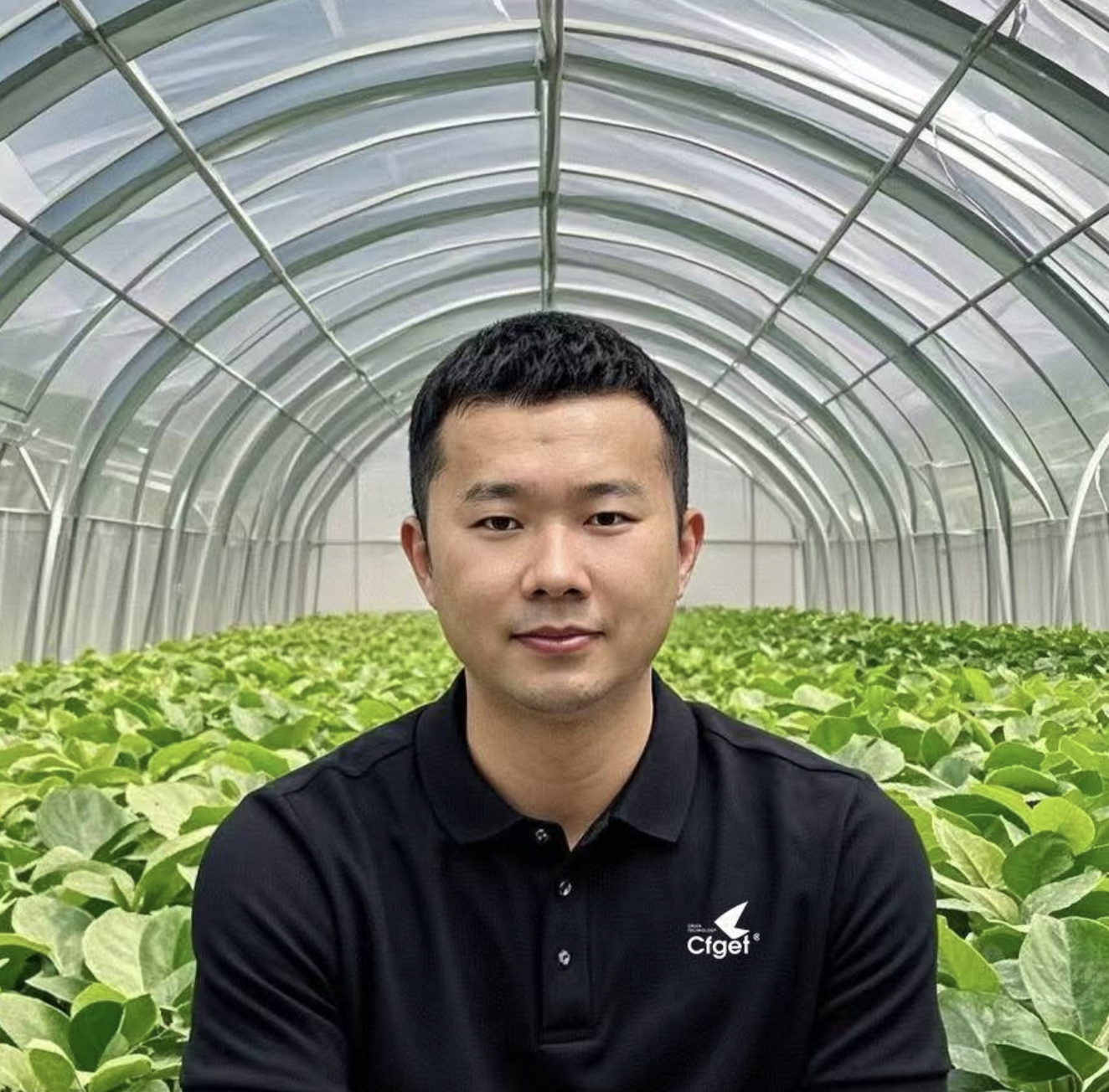Innovative Approaches to Address Climate Change and Food Security Challenges
• Digital Twin Technology: This involves creating virtual models of farmland environments, allowing researchers to simulate and evaluate various scenarios without the need for costly and time-consuming field trials .
• Generative AI: By analyzing vast amounts of data, such as historical weather patterns and soil conditions, generative AI helps farmers optimize planting and crop management, achieving higher yields and environmental benefits .

In the face of global challenges posed by climate change and food security, regenerative agriculture technology is rapidly becoming a focal point in the agricultural sector. By mimicking natural ecosystems and enhancing biodiversity, regenerative agriculture not only improves soil health but also significantly boosts crop yield and resilience.
Core Elements of Regenerative Agriculture
The essence of regenerative agriculture lies in utilizing various methods to restore and enhance soil quality. Key techniques include adaptive grazing, no-till farming, and reducing chemical inputs. Adaptive grazing optimizes pasture layouts and grazing patterns to promote plant growth and carbon sequestration. No-till farming minimizes soil disturbance, reduces erosion, and improves water retention. Reducing chemical inputs fosters healthy, diverse soil microbiomes, enhancing nutrient cycling and disease suppression.
Technological Innovations Driving Regenerative Agriculture
Regenerative agriculture is being propelled by cutting-edge technologies, including digital twin technology and generative artificial intelligence (AI).
Contact Information
If these solutions are useful to you, please share and bookmark them. If you have a better way to reduce energy consumption, please contact us to discuss.
• Email: info@cfgreenhouse.com

Global Perspective
Globally, agricultural practitioners and research institutions are actively adopting and promoting regenerative agriculture technologies. For instance, researchers at Penn State University, supported by a grant from the U.S. Department of Agriculture, are developing predictive models to understand how changes in soil texture and structure affect water availability for crops . In Europe, the Taranis platform in Israel collaborates with Drone Nerds and DJI, leveraging advanced computer vision and deep learning algorithms for efficient field monitoring, aiding farmers in effective crop management .
Future Outlook
As regenerative agriculture technology continues to evolve and be applied, future agricultural production is set to become more sustainable and efficient. Regenerative agriculture not only enhances agricultural productivity but also plays a crucial role in addressing climate change and conserving natural resources. Through technological innovation and sustainable farming practices, farmers will be better equipped to tackle the dual challenges of global food security and environmental protection.
Post time: Aug-04-2024






 Click to Chat
Click to Chat